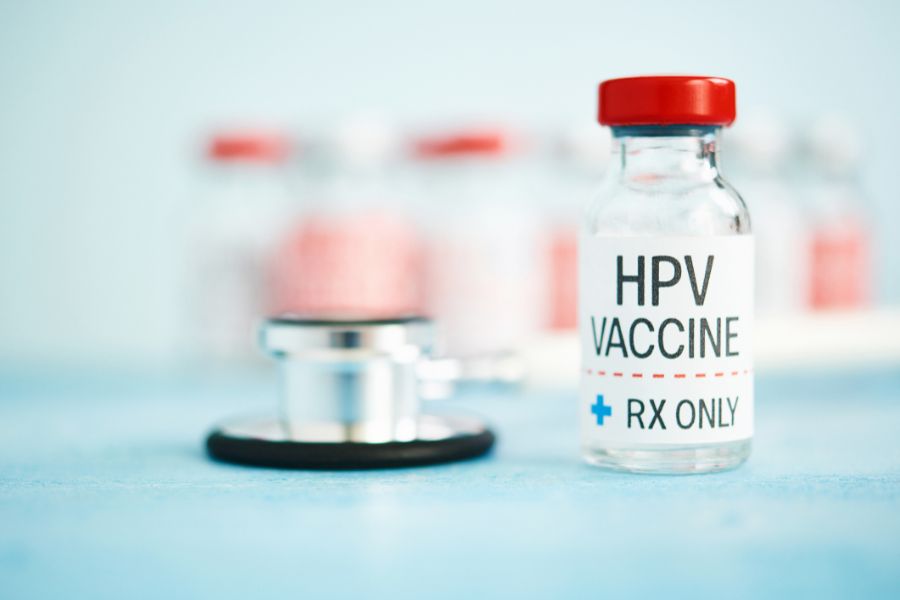
How To Prepare For Medical Emergencies As An International Student
.jpg)
Ed Zaleck | Jan 23, 2024 Health
As an international student, we understand most of your focus will be on your studies and achieving your long-term goals during your time abroad. With all you need to acclimate to and prepare for, it’s easy to forget some of the more overlooked challenges that come with studying in the U.S.
In particular, many students overlook the risk factors that come in the event of a medical emergency. Medical expenses in the U.S. are some of the most expensive in the world and even a complete accident can result in several thousands of dollars in debt. At ISO, we’ve seen it all when it comes to healthcare and have prepared an article to help you prepare to stay protected from medical emergencies in the U.S.
Understanding What Happens In The Event of a Medical Emergency
In the event of a medical emergency, you should aim to visit the emergency room (ER) of the nearest hospital. Emergency rooms are staffed 24/7 and provide resources to help patients no matter what they come in with and will see you regardless of insurance/citizenship status. The amount of resources provided in the ER come at a large cost, which creates extraordinarily high bills.
If you are not able to get your own transportation to the ER or have a critical condition which requires immediate medical attention, then you should immediately call 911. 911 operators are highly trained and will dispatch an ambulance to transport you to the nearest hospital.
One key thing to note about ambulances in the U.S. is that they are often managed independently and not by the hospital they transport you to. With this, you will usually receive separate bills from the hospital and ambulance after you are discharged.
What Constitutes a Medical Emergency?
To best prepare yourself, it’s best to understand when you are truly in the midst of what is considered a medical emergency.
In general, you should visit an ER if you suffer from:
- Difficulty breathing
- Severe chest pain
- Head injuries
- Prolonged bleeding
- Severe vomiting/diarrhea
- Numbness on one side of your body
- Loss of consciousness
- Fracture of a major bone (leg, arm, ribs, face, etc.)
Please note this list is not all-encompassing so there may other instances of life-threatening emergencies, but this serves as a good reference. If you are ever unsure, it’s best to air on the side of caution and visit an emergency room.
If you have an injury/sickness which you believe is not a life-threatening emergency but still needs immediate treatment, then you can visit an urgent care center. Urgent care centers provide same-day treatment at extended hours at a fraction of the cost. They are good for things such as flu symptoms, sprains/strains, stomach issues, and medical services such as STD/pregnancy testing, vaccinations, etc.
For more on the difference between ERs/urgent cares, you can reference our infographic here.
Getting Health Insurance
The best way to mitigate this risk of incurring medical debt in these cases is by making sure you purchase a health insurance. Health insurance is designed to provide benefits for a variety of medical services and can help share any costs you may incur during the policy period.
Before you purchase your plan, it’s best to review the benefits in detail and check to see what exclusions you may be subject to. For example, many insurances will have exclusions for going to an ER for a non-life-threatening emergency or for things like pre-existing conditions, sports injuries, etc.
You should also check to see how your provider networks operate, as you should have a network of doctors/hospitals you can access. Almost all insurance types provide emergency benefits in or out of network, but visiting an in-network provider will often provide you discounted rates for services and more comprehensive benefits.
It should be noted that in an emergency situation, you will often be transported to the nearest hospital regardless of their network status. Even still, knowing which hospitals are in-network can pay dividends in the future if you have a medical emergency and are in a state to find your own mode of transportation.
For all U.S. visa holders, ISO offers insurance plans that provide coverage for both emergency and non-emergency scenarios at millions of providers across the U.S. If you want to find a plan that works for you, visit the front page of isoa.org.
Preventing Medical Emergencies
While preparing for emergencies is crucial, taking steps to prevent them is equally as important. Schedule regular check-ups with healthcare professionals to monitor your overall health and address any underlying issues. Stay up to date on vaccinations and follow a healthy lifestyle, including a balanced diet and regular exercise. Avoiding risky behaviors and taking precautions, such as wearing seat belts and using protective gear during activities, can significantly reduce the likelihood of accidents.
About ISO Student Health Insurance
Founded in 1958, ISO prides itself on being the leader in providing international students with affordable insurance plans. Administered by former and current international students, we are able to assist our member with multilingual customer service in Chinese, Hindi, Spanish, and more. ISO serves over 3,200 schools/colleges and more than 150,000 insured students every year.
For more information, please visit www.isoa.org and connect with us on Facebook, Instagram, WeChat, WhatsApp, and LinkedIn.









